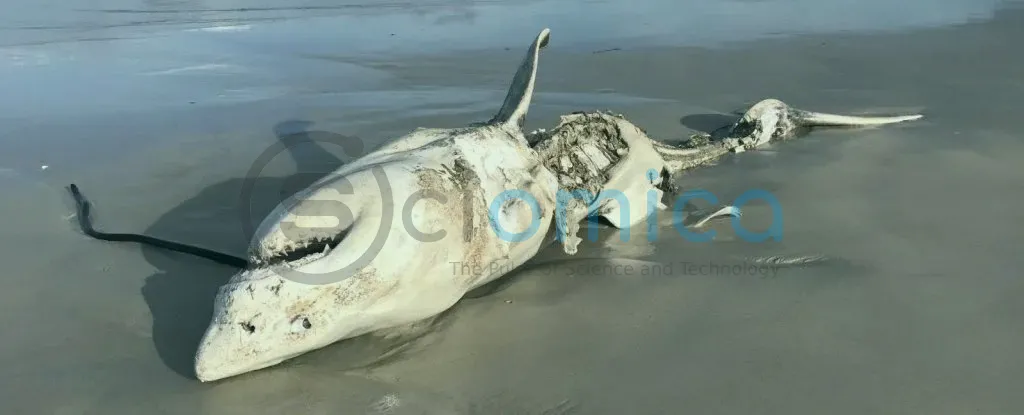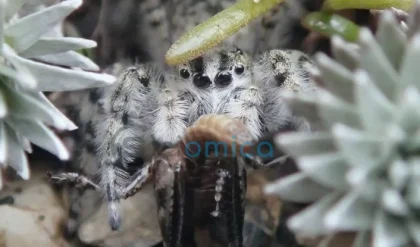
The great white shark, a formidable predator of the ocean known for its impressive hunting prowess, razor-sharp teeth, and a notorious reputation, is facing an unexpected threat from none other than orcas, often referred to as killer whales. Recent research has shown that these apex predators are instilling fear in the great white population along the South African coast, particularly around the fishing town of Gansbaai, which is renowned as a hotspot for shark sightings.
Since 2017, scientists have noted a significant decline in great white shark sightings in this area, once considered the “great white shark capital of the world.” Initially, the decrease in the shark population was attributed to human activities such as overfishing. However, a closer investigation led to the discovery of a startling reality: two orcas, dubbed Port and Starboard for their uniquely kinked dorsal fins, have been preying on great whites by specifically targeting their liver, a delicacy packed with nutrients.
In 2022, research highlighted that at least nine great white sharks had washed ashore in Gansbaai, many notably missing their livers—an indication of orca attacks. The two orcas are also responsible for the death of a large number of broadnose sevengill sharks, showcasing their predatory efficiency. Researchers have traced the distinct injuries found on the sharks back to Port and Starboard, leading them to believe that many more deaths have likely gone undocumented.
Alison Towner, a marine biologist at the Dyer Island Conservation Trust, explained that the presence of orcas is driving great white sharks away from their typical hunting grounds. Her studies indicate that individual sharks often avoid areas for weeks or months following an orca sighting, showcasing a large-scale avoidance behavior.
Tracking efforts over five years involving GPS-tagged sharks have revealed that whenever orcas are present, great whites are less likely to be spotted. This pattern of avoidance has been unprecedented in the history of Gansbaai, which previously recorded fewer than ten instances of great white absences for extended periods since record-keeping began.
With great white sharks absent from these waters, it’s creating a ripple effect in the marine ecosystem, allowing other species such as copper sharks to move in. However, with the absence of great whites, the orcas are now targeting these species, resulting in changes to the predator-prey dynamics that could have further implications on the ecosystem.
This alteration is not merely a simple shift in food preferences; it poses a broader ecological threat. The decline of great white sharks could result in increased competition and predation pressures within their former niches, creating cascading effects that may impact other marine species, such as Cape fur seals and even critically endangered African penguins.
Understanding why orcas have shifted their predatory focus to sharks remains a topic of investigation. These large creatures, known for their sophisticated hunting techniques, may have adapted to target sharks due to changes in their typical prey availability.
Towner emphasizes the importance of ongoing research and monitoring to understand how these predation patterns could affect ecological balance in coastal areas. As the situation develops, continued citizen science efforts and tracking of shark populations will be critical in assessing the long-term health of these marine ecosystems as they navigate the complexities of predator dynamics.






